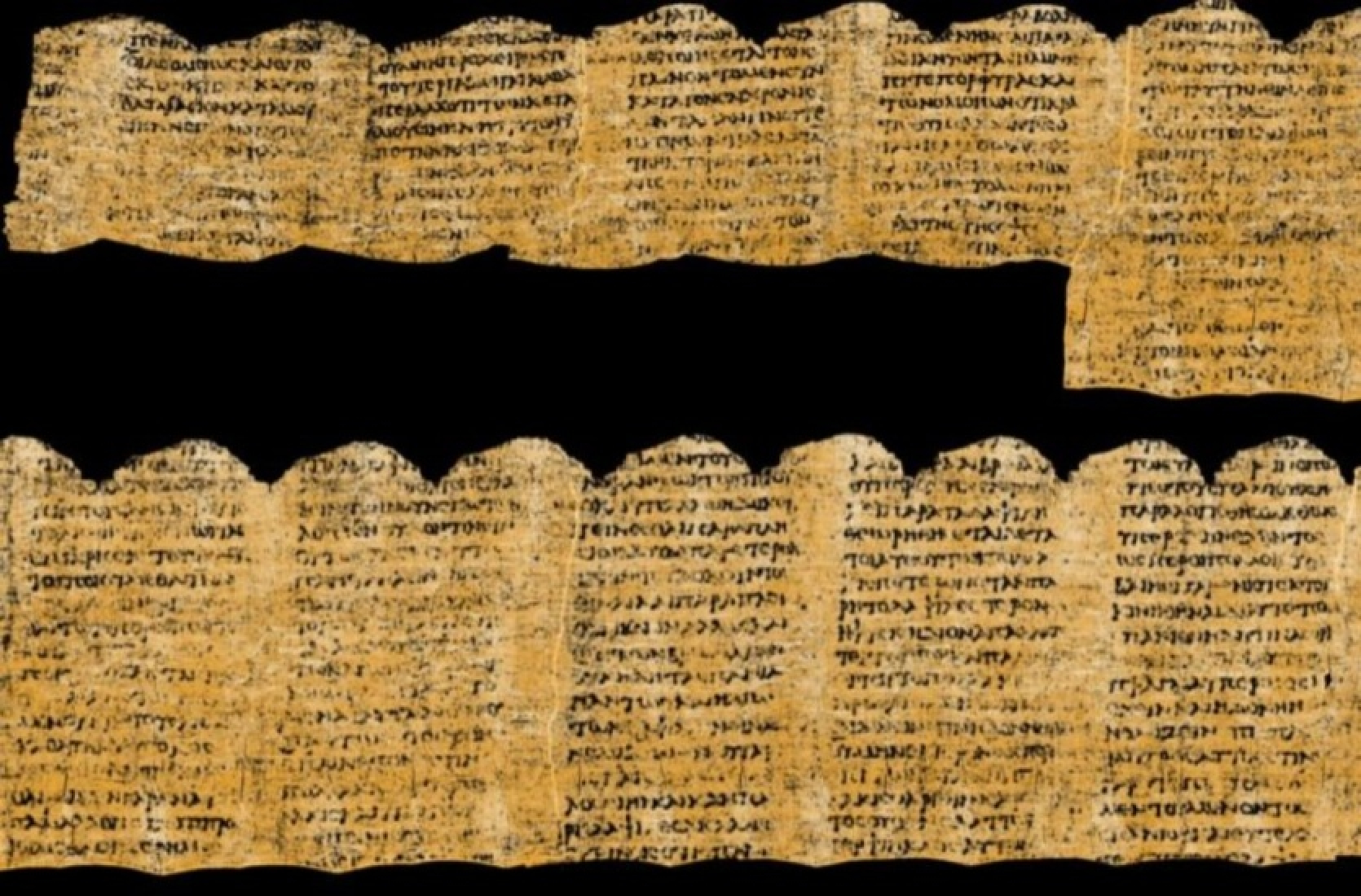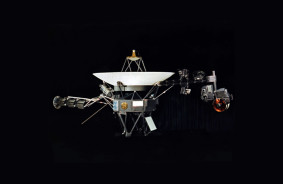Almost 2000 years ago, the eruption of Vesuvius "baked" ancient Roman Herculaneum, burying a huge library under a 20-meter layer of ash - some scrolls were eventually uncovered, but most remained "unreadable" until today, when artificial intelligence "came to the rescue".
Brent Seales' laboratory at the University of Kentucky has been testing the method of "virtual unwrapping" for deciphering ancient texts for many years. The team combines digital scanning with microcomputer tomography - a non-invasive method often used for cancer visualization - with segmentation to digitally create pages enhanced by texturing and fusion techniques. Seales has developed his own software Volume Cartography for this purpose, which in 2016 already helped the team "view" the En-Gedi scroll found on the western shore of the Dead Sea, with a few initial verses from the book of Leviticus.
However, the work on the scrolls from Herculaneum was complicated by the fact that the ink was made from coal and water (the ink on the En-Gedi scroll contains a metal that shines brightly on computer tomography), although Seales eventually realized that CT can still find tiny differences in texture that will indicate areas of papyrus with text, and taught an artificial neural network to do just that.
In 2019, the researcher transported two undamaged scrolls to a synchrotron X-ray facility near Oxford and made high-resolution scans, which were subsequently used for the Vesuvius Challenge competition, launched in March of last year. About 1500 teams were given the opportunity to earn several hundred thousand dollars for successfully deciphering the text.
Last fall, with the help of machine learning, some letters and even words were recognized in one of the ancient scrolls - and now a team of three participants managed to decipher 15 columns of text:
"The author [probably Philodemus] writes about music, food, and how to enjoy the pleasures of life," write the organizers. "In the final section, he casts a shadow on unnamed ideological opponents - possibly Stoics? - who 'have nothing to say about pleasure, neither in general nor individually'."
The team consisting of Luke Faritor, Yousef Nader, and Julian Schillinger was awarded a cash prize of $700,000.
However, 15 columns represent only 5% of the total content of the scroll. For the next Vesuvius Challenge, which has already been announced, $100,000 is offered for deciphering 90% of the four scrolls scanned so far. One of the challenges of this challenge is to improve automatic text segmentation, as manual execution requires a lot of time and money (over $100 per square centimeter).
Source: Ars Technica













Comments (0)
There are no comments for now